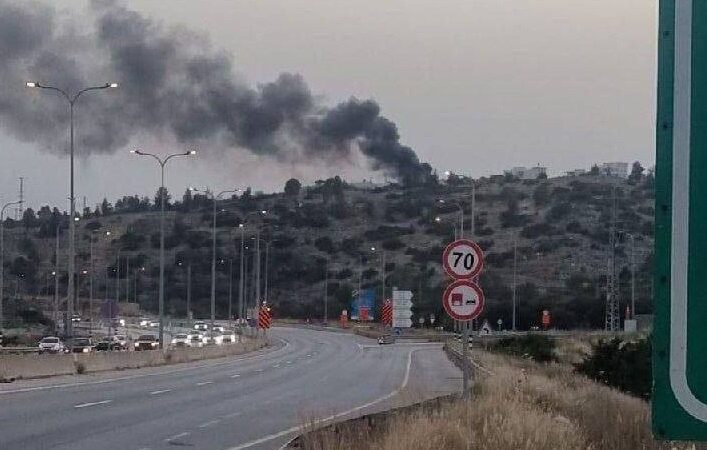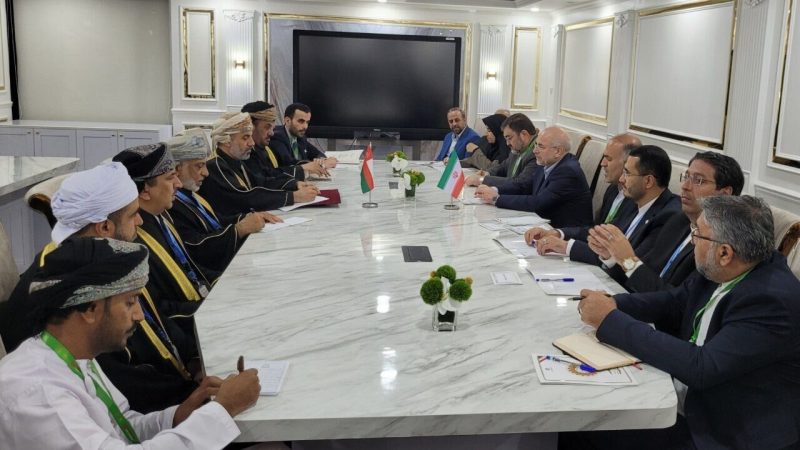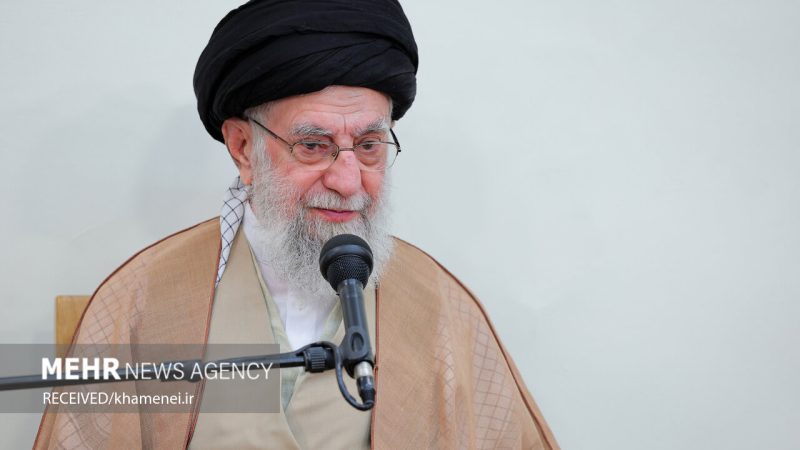77 years after the Nakba: History repeats itself in Gaza with a new ‘catastrophe’
By Ivan Kesic
A somber cloud hangs over the besieged and war-torn Gaza Strip as Palestinians mark 77 years since the Nakba – Arabic for “catastrophe” – a term that echoes the deep scars of mass displacement and the enduring legacy of a people that were uprooted from their land.
May 15 is observed globally as Nakba Day, or the “Day of Catastrophe,” commemorating the mass displacement and dispossession of Palestinians in 1948. The Nakba marks a large-scale expulsion that accompanied the creation of the Zionist entity, carried out with the support of Western powers.
And nothing has changed all these years. It has only become worse, especially since October 7, 2023.
The descendants of those forcibly expelled – millions of Muslims and hundreds of thousands of Christians – now live across six continents. Yet, the Zionist regime continues to deny them both compensation and the internationally recognized right of return.
The catastrophic events of 77 years ago bear striking resemblance to the ongoing Israeli-American genocidal campaign against Gaza, which has stretched on for nearly two years.
Many historians argue that the Nakba never truly ended. Instead, they see the current assault on Gaza as the continuation of decades of Zionist policy of displacement, violence, and erasure.
The unprecedented scale of destruction and human loss in Gaza has led some to describe the current war as a “second Nakba,” deepening the collective trauma experienced by Palestinians.
The roots of the Nakba trace back to 1947, when heavily armed Zionist paramilitary groups launched a campaign of violence against the indigenous Palestinian population, setting the stage for decades of dispossession.
In the months that followed, Zionist forces illegally occupied 80 percent of historic Palestine, destroyed hundreds of villages and towns, killed at least 15,000 Palestinians, and forcibly expelled approximately 750,000 people – around 80 percent of the Palestinian population – through systematic ethnic cleansing.
According to the Palestinian Central Bureau of Statistics, of the 774 Palestinian towns and villages that came under Israeli control in 1948, 531 were completely destroyed. Many others were partially depopulated or repurposed for Zionist settlers.
Around 11 major urban centers – Lydda, Ramle, Haifa, Jaffa, Acre, Tiberias, Safad, Ashkelon, Beersheba, Beisan, and parts of Jerusalem (al-Quds) – were either depopulated or partially destroyed, with large Palestinian neighborhoods ethnically cleansed.
Many Palestinians became refugees in neighboring countries or were internally displaced within historic Palestine. However, despite attempts by Zionist authorities, they did not assimilate or lose their identity.
The memory of the Nakba endures as a core element of the Palestinian national consciousness.
Since October 2023, the ongoing genocidal war has claimed the lives of at least 52,900 people. However, recent studies suggest the actual death toll could be 46–107 percent higher, placing the true number between 77,000 and 109,000 or even more.
The war has also triggered mass displacement across Gaza, with over 1.9 million people – nearly 90 percent of Gaza’s population – forced from their homes due to Israeli military aggression.
Many remain unable to return, as entire neighborhoods have been reduced to rubble.
Today, Gaza is a densely populated urban territory divided into five governorates: North Gaza, Gaza City, Deir al-Balah, Khan Younis, and Rafah. All five have suffered extensive damage from relentless Israeli bombardments using the American-supplied bombs.
In Gaza City – the largest urban center – 74 percent of buildings have been damaged or destroyed, including entire neighborhoods such as Shujaiya and Jabalia, according to local governing bodies
Across the Gaza Strip, approximately 70 percent of all structures – an estimated 175,000 buildings – have been damaged or destroyed, with 70,000 completely leveled.
The international community, through United Nations Resolution 194 in 1948, affirmed the right of return for Palestinian refugees. However, implementation has been stalled for decades, with minimal accountability for the mass displacement.
Over the past two years, despite repeated UN calls for ceasefires and investigations into horrendous war crimes, enforcement has remained limited, largely due to unwavering political and military support for the Israeli regime from the United States and other Western powers.
The 1948 expulsion of Palestinians triggered a major humanitarian crisis, as refugees were forced to live in poverty, without adequate shelter, and with limited access to basic necessities in neighboring countries.
Today, Gaza faces a similarly dire humanitarian catastrophe. The destruction of infrastructure, including hospitals, schools, and residential areas, has led to severe shortages in food, clean water, electricity, and medical care.
Of the 36 hospitals that existed in Gaza before October 2023, none are fully operational now. On Tuesday, Nasser Hospital in Khan Yunis was the latest to be bombed by the Israeli regime.
Only 17 hospitals are functioning partially right now, while the rest have been completely destroyed or rendered inoperative due to bombardments, blockades, or lack of supplies.
In total, 114 hospitals and clinics have been shut down and 162 healthcare facilities, including 80 primary health centers, have been targeted. At least 130 ambulances have also been damaged or destroyed.
While the exact number of medical centers destroyed during the Nakba is unknown, historical records indicate that most in major Palestinian cities were abandoned, looted, or repurposed following the mass expulsions.
Both the Nakba and the current genocidal war on Gaza have also destroyed places of worship.
In 1948, more than 80 percent of mosques in Palestinian villages, estimated at 400 to 500, were destroyed, desecrated, or converted for other uses. For instance, the mosque in Saliha was blown up with civilians inside, killing up to 94 people.
In February 2025, Gaza’s Ministry of Endowments reported that 814 of the Strip’s 1,245 mosques (about 79 percent) had been completely destroyed, with another 148 severely damaged, bringing the total number to 962 mosques.
Palestinian Christian heritage also suffered in both events. During the Nakba, it’s estimated that between 20 and 50 churches were damaged or destroyed, reflecting the Christian community’s smaller size (then about 10 percent of the population).
Since 2023, all three remaining churches in Gaza have been damaged or destroyed, including the ancient Church of Saint Porphyrius, dating back to the 5th century.
It was first struck in October 2023, killing 18 civilians, and hit again in 2024.
In both 1948 and the present war, Palestinian cemeteries have also not been spared. It is estimated that at least 500 cemeteries were lost during the Nakba, as most towns and villages had at least one graveyard. Many were destroyed, neglected, or built over.
In the current genocidal war, at least 19 out of Gaza’s 60 cemeteries—about 32 percent—have been deliberately targeted and destroyed. Graves have been desecrated, exhumed, or bulldozed, according to contemporary reports.
Both the Nakba and the ongoing genocide in Gaza have faced denial, historical revisionism, and obfuscation of responsibility by the Israeli regime and its Western sponsors.
They have also been systematically marginalized in Western historiography and largely ignored or downplayed in mainstream media narratives.




